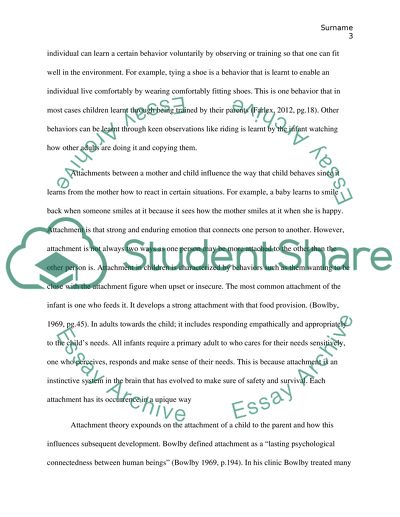Cite this document
(“Forming Attachments Essay Example | Topics and Well Written Essays - 3000 words”, n.d.)
Retrieved from https://studentshare.org/psychology/1402255-forming-attachments
Retrieved from https://studentshare.org/psychology/1402255-forming-attachments
(Forming Attachments Essay Example | Topics and Well Written Essays - 3000 Words)
https://studentshare.org/psychology/1402255-forming-attachments.
https://studentshare.org/psychology/1402255-forming-attachments.
“Forming Attachments Essay Example | Topics and Well Written Essays - 3000 Words”, n.d. https://studentshare.org/psychology/1402255-forming-attachments.


